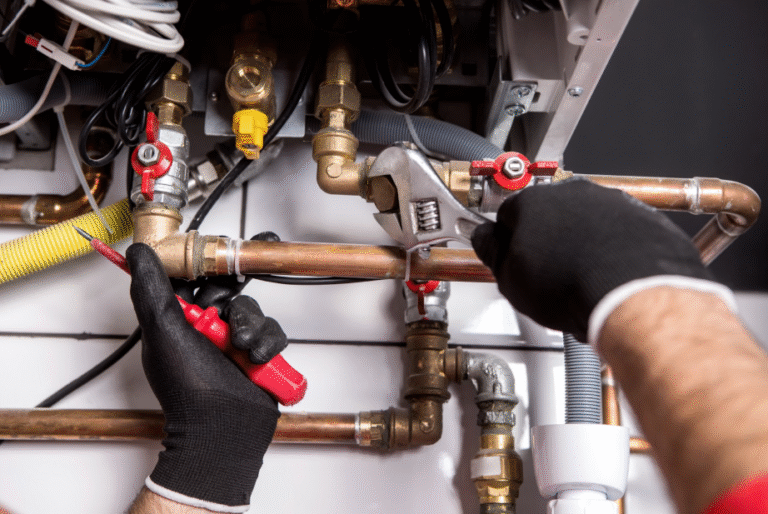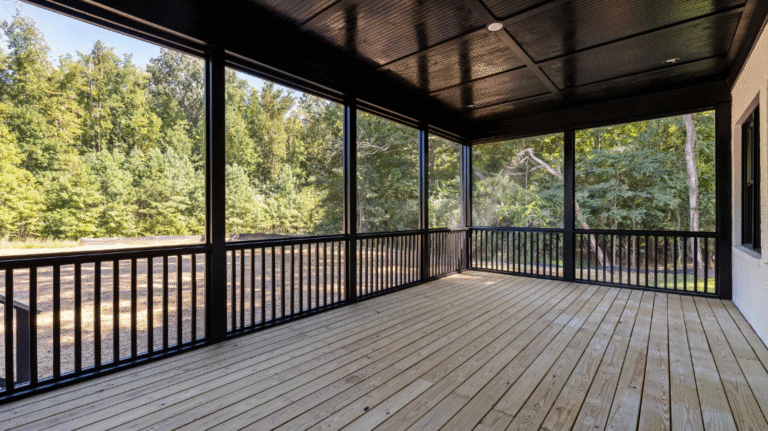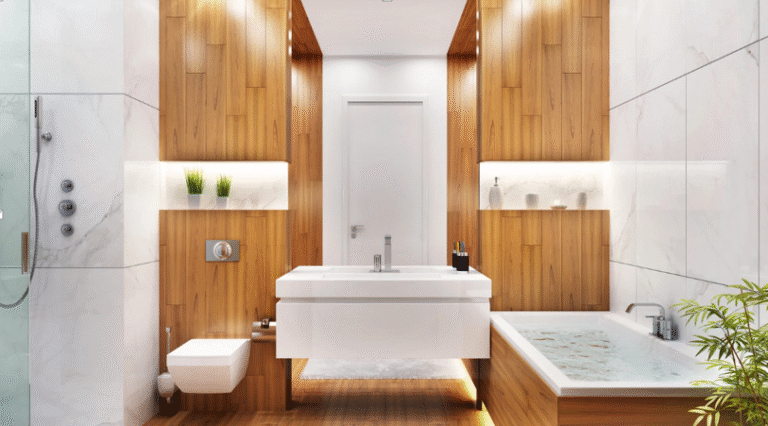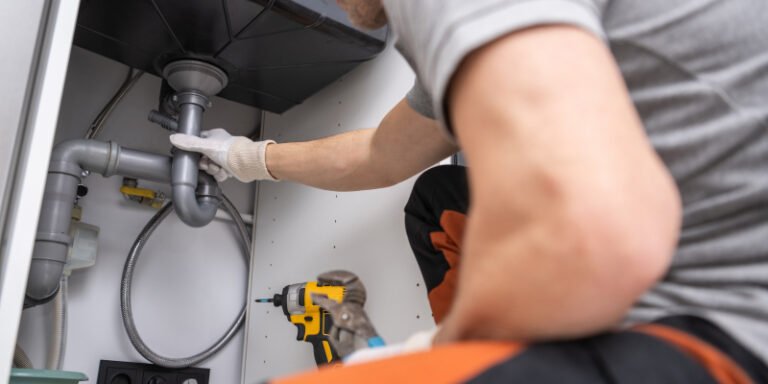The Benefits of Basement Waterproofing for Preventing Mold and Mildew Growth
Basements are particularly vulnerable to moisture intrusion, which makes them a prime environment for mold and mildew. Once these issues develop, they can quickly spread, damaging property and impacting air quality throughout the home. Addressing moisture before it becomes a problem is essential, and basement waterproofing in Alpharetta is one of the most effective ways to do so. By taking preventive measures, homeowners protect their property’s structural integrity and reduce health risks associated with prolonged exposure to mold.
How Basement Waterproofing Prevents Mold and Mildew
Excess moisture is the main factor contributing to mold and mildew growth. Waterproofing strategies create a barrier that prevents water seepage, condensation, and leaks. When basements stay dry, spores have little chance to develop, and the indoor environment remains healthier. Professional waterproofing also reduces humidity levels, cutting off the conditions mold needs to thrive.
Moisture problems often start small but can escalate quickly. Even minor cracks in foundation walls or poorly sealed joints allow water to enter and accumulate. Once inside, dampness creates the perfect breeding ground for mold. Preventive solutions not only block these entry points but also direct water away from the foundation, providing long-term protection.
Methods Used in Basement Waterproofing
Different techniques are used depending on the severity of the water issue and the design of the property. Interior systems focus on sealing and channeling water away from living spaces, while exterior methods are designed to stop water before it reaches the foundation. Drainage solutions, sump pumps, sealants, and vapor barriers all work together to manage water effectively.
The various types of basement waterproofing methods highlight that no single approach works for every home. A professional inspection ensures the right strategy is chosen, whether it involves foundation wall reinforcement, exterior coatings, or internal drainage improvements. Combining approaches often yields the most reliable results, giving homeowners confidence that moisture won’t compromise their property.
The Role of Drainage Systems in Waterproofing
Even with effective sealing, water must be directed away from the home to prevent pressure buildup around foundation walls. Properly designed drainage systems keep basements dry by managing groundwater and runoff efficiently. When integrated into waterproofing efforts, they significantly reduce the chances of mold or mildew growth.
Understanding the role of drainage systems in effective basement waterproofing is crucial. These systems relieve hydrostatic pressure, which can force water through cracks or porous surfaces if left unchecked. By controlling water at the source, they ensure that preventive efforts remain effective long after installation.
Conclusion
Investing in professional basement waterproofing is one of the most effective ways to protect a home from mold and mildew. Beyond structural preservation, it safeguards indoor air quality and creates a healthier living space for families. With the right combination of methods and drainage systems, homeowners can maintain a dry, durable basement and avoid the costly consequences of unchecked moisture. Adding waterproofing to your property is not just a preventive step; it is a long-term investment in safety, comfort, and the overall value of your home.






